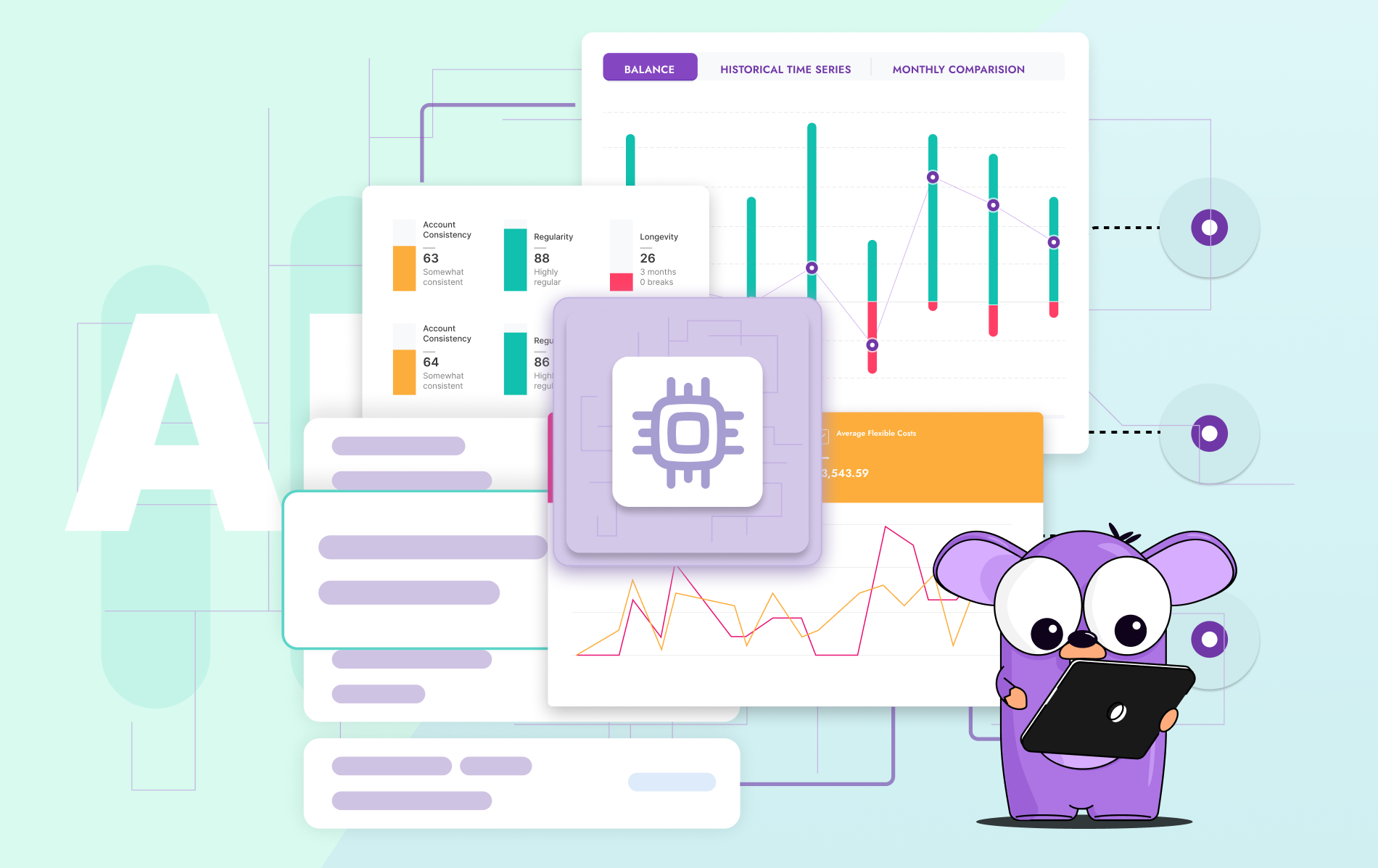Over the last few years, Open Banking has been a buzzword in the financial industry, with many touting it as the future of banking. Open Banking is a practice that allows third-party providers to access financial information of customers via open APIs (Application Programming Interfaces). The aim of this is to enhance the overall customer experience and give them more control over their financial data.
While the benefits to the customers are significant, Open Banking is also proving to be a game-changer for lenders. In this blog, we will take a look at how Open Banking is helping lenders.
1. Improved Credit Decisioning
Lenders can now access a customer's transaction data from their bank accounts via APIs. This means that lenders can get a better understanding of a customer's financial situation, including their income, expenditure, and overall creditworthiness. This information can be used to make more accurate and informed credit decisions, which can lead to lower default rates.
2. Better Risk Management
Lenders can use the data they receive from Open Banking to monitor customers' financial health on an ongoing basis. This means they can identify customers who may be struggling to make repayments and offer assistance before the situation becomes critical. It also enables lenders to detect fraud and mitigate risks associated with lending.
3. Personalized Products
With Open Banking, lenders can create more personalized products and services that are tailored to individual customers' needs. For example, they can offer loans with better terms and interest rates, based on a customer's credit history and financial data. This can help to build customer loyalty and increase customer satisfaction.
4. Cost Savings
Open Banking can also help lenders to save money on operational costs. Instead of relying on traditional manual processes, lenders can automate tasks such as credit assessments and risk management. This can lead to increased efficiency and cost savings, which can be passed on to customers in the form of lower interest rates.
5. Increased Competition
Open Banking is also driving competition in the lending industry. With third-party providers accessing customer data, new players are entering the market and offering innovative products and services. This is good news for customers who can benefit from more choice and competitive rates.
In conclusion, Open Banking is helping lenders to make better credit decisions, manage risk more effectively, offer personalized products and services, save costs, and compete in a crowded marketplace. As Open Banking continues to gain momentum, we can expect to see even more benefits for lenders, customers, and the financial industry as a whole.



